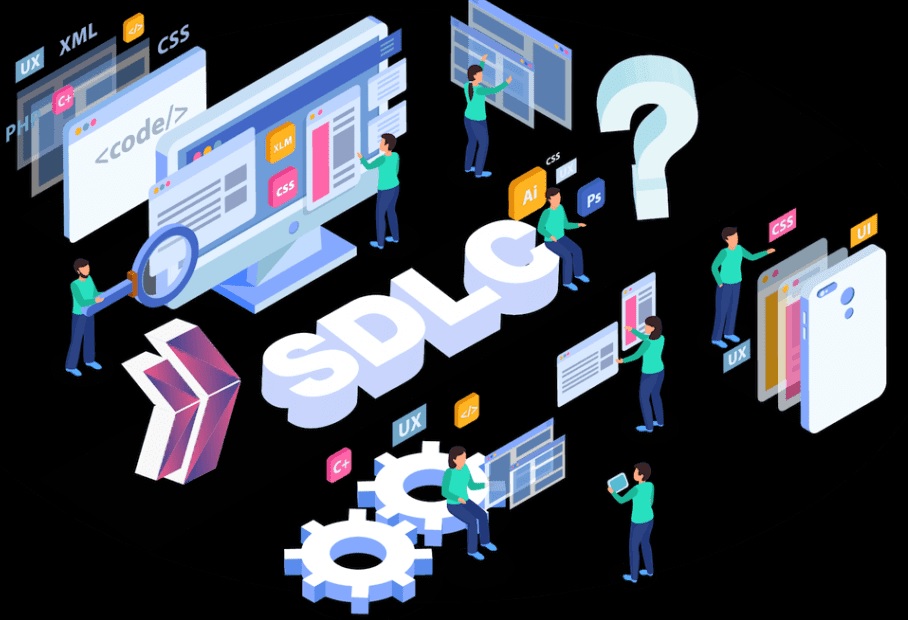SDLC model depends on factors like project size, complexity, requirements, timeline, and organizational culture. Some projects may benefit from a traditional, plan-driven approach, while others may thrive in a more agile and SDLC.
Waterfall Model
In the Waterfall model, development progresses through a linear and sequential process, with each phase dependent on the deliverables of the previous phase.
Iterative Model
The Iterative model divides the project into smaller parts, called iterations, which are developed and refined over time.
Incremental Model
The Incremental model builds the software in smaller, functional components or increments.
Agile Model (e.g., Scrum, Kanban)
Agile methodologies emphasize collaboration, customer feedback, and the delivery of a minimum viable product (MVP) in short iterations.
Spiral Model
The Spiral model combines elements of iterative development with risk assessment and management.
V-Model (Validation and Verification Model)
The V-Model is an extension of the Waterfall model, with a strong focus on testing at every stage.
Big Bang Model
In the Big Bang model, there is little planning, and development begins without a clear roadmap.
DevOps
It emphasizes collaboration between development and operations teams, automation, and continuous integration and delivery (CI/CD)
Rapid Application Development (RAD)
RAD is focused on quickly building prototypes and iteratively refining them based on user feedback.
Lean Development
Lean Development borrows principles from Lean Manufacturing, aiming to minimize waste in the development process.
